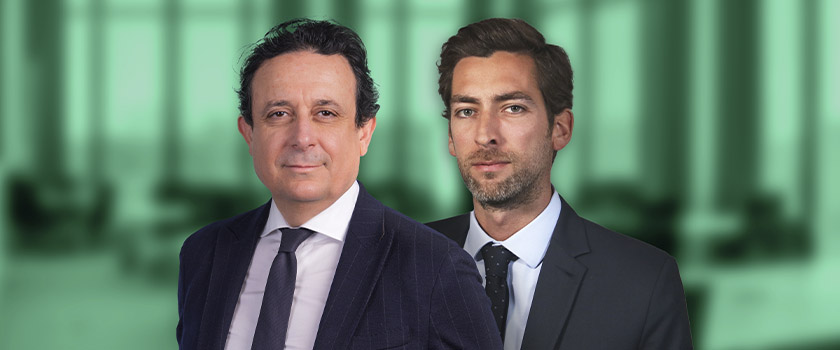Structured products have changed a great deal, after a long period in which they were treated with a degree of scepticism by investors, and as a result of tighter regulations. Although the number of clients using them remains very (too) small, they are likely to play a growing role in asset allocation strategies.
More than 50 years ago, when the first “reverse convertibles” appeared, they were aimed at institutional investors. Today, however, structured products are much more widely used. In the last 15 years, the development of asset management tools and tougher regulations have allowed structured products to become a much more common wealth management tool. According to the Swiss Structured Products Association (SSPA), turnover in the Swiss structured products sector amounted to CHF 49 billion in the first quarter of 2024, around 20% more than in the previous quarter. The market is currently dominated by products that aim to optimise returns. In terms of underlyings, equities form the basis of most products issued (54%), followed by currencies (22%), bonds (10%), other asset classes (9%) and finally commodities (5%).
Better perception
Despite the advances made in structured products, certain preconceptions still exist, and it is high time that they were challenged.
It is true that structured products can appear complex. They involve sophisticated instruments such as options and other derivatives, which makes them harder for less experienced investors to understand. However, regulatory changes mean that the morass of products available before 2008 has now become much more comprehensible, with strict classifications and rules. Banks and financial advisors play a key role, clearly explaining the risk and return profiles of products and putting forward only those suitable for their clients.
Products have also become much more transparent because of tighter regulation and the industry’s efforts to provide clear and accessible information. Detailed product sheets, simulations of various scenarios and precise explanations of how their underlying mechanisms work are now the norm.
Product sheets ensure greater transparency about fees, which are also often mentioned as a drawback with respect to structured products. Today, however, a client can quickly estimate the total cost of a product. Fees vary, it is true, but they must be gauged with respect to a product’s benefits. They can be justified by the product’s level of customisation, and by the capital protection and the potential for asymmetric returns that it offers. Overall, increased competition in the structured products market has hugely decreased costs for investors.
A central role in client strategies
Whether clients have an asset management or an advisory mandate, structured products allow them to optimise their portfolio allocation and act on strategic or tactical objectives.
Investment processes have changed significantly, and the first stage of designing a product consists of defining specific targets regarding risk and return. The second stage, in which the product’s structure is determined, involves analysing the underlying asset’s fundamentals and market parameters, and obtaining the best pricing terms using an open architecture approach. Actively monitoring the instrument until it matures is also crucial. This allows changes in market conditions to be factored in by comparison with the scenario established when the product was launched.
Structured products also provide an opportunity to gain exposure to specific themes quickly, without having to go through the cumbersome process of setting up an investment fund. An actively managed certificate (AMC) can give investors access to a transparent basket of specific underlying assets, put together and monitored using standard portfolio management methods. AMCs follow strict diversification rules, their underlyings are rigorously selected, and their risks are monitored constantly.
Create asymmetry
These instruments can be tailor-made to meet the needs of a particular private client. Depending on market expectations, they can create asymmetry in a portfolio: in other words, they can protect against a decline in the underlying asset, offer participation in an asset’s upside without holding it directly, or preserve capital while being able to capture market gains. The key is to properly understand each product’s risk profile and adjust it to investors’ objectives and risk tolerance.
In conclusion, structured products have come a long way towards achieving their goal of meeting private investors’ needs and offering them a diverse array of solutions. Making these instruments as well known as investment funds is an important challenge for Geneva’s financial centre, which could become a world leader in this area. With greater transparency and tougher regulations, along with better investor education, structured products should play a greater role in wealth management, in order to meet the expectations of our demanding clients as effectively as possible.









